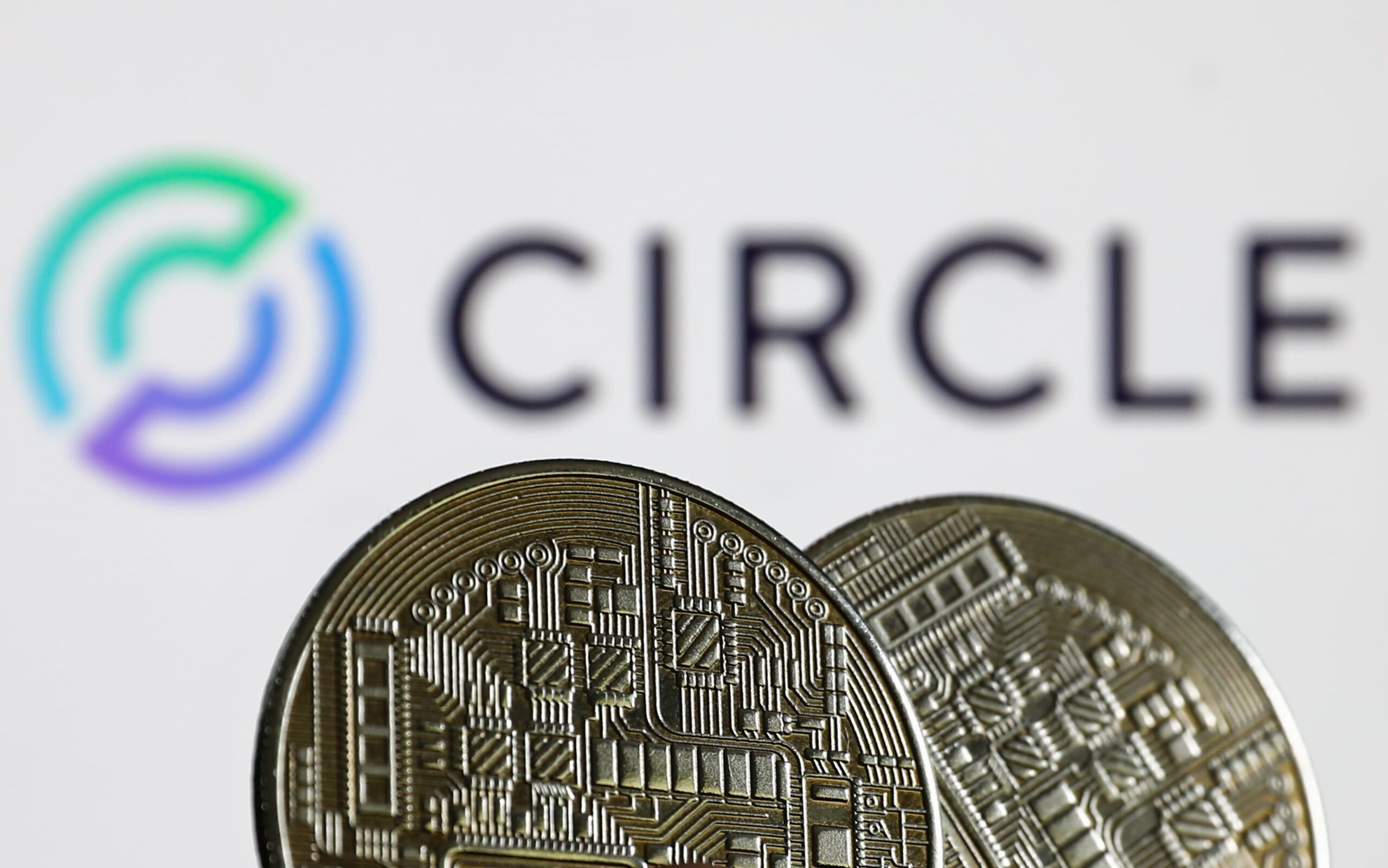Launched in 2018 by crypto company Circle, USDC is now the world’s second-largest stablecoin, with over $30 billion worth of tokens in circulation.
Nurphoto | Getty Images
Cryptocurrency firm Circle reported Monday that it has now registered as an electronic money institution (EMI) in France, a key license for the company to become a compliant stablecoin issuer under the European Union’s strict crypto regulations.
Circle, best known for its stablecoin USD Coin (USDC), said in a statement that it has been granted an e-money license by France’s banking regulator, Autorite de Controle Prudentiel et de Resolution (ACPR).
With this license, Circle becomes the first global stablecoin issuer to comply with the European Union’s groundbreaking regulatory framework, Markets in Crypto-Assets (MiCA), the company said.
Circle added that the approval means both its USDC and Euro Coin, or EURC, tokens can now be issued in the EU in compliance with MiCA’s stablecoin regulations. The company said it is also opening its Circle Mint, which allows businesses to mint and redeem Circle stablecoins, in France.
“Since our founding, Circle has been committed to building a sustainable, compliant, and well-regulated stablecoin infrastructure,” Jeremy Allaire, co-founder and CEO of Circle, said in a statement Monday.
“Our joining MiCA, one of the most comprehensive cryptocurrency regulations in the world, is a huge milestone in bringing digital currencies to scale and widespread adoption,” Allaire added.
Stablecoins are a type of cryptocurrency that is pegged to traditional assets, usually government-issued currencies like the US dollar. Investors hold them to avoid the volatility seen in other cryptocurrencies like bitcoin.
They also provide an important way to quickly trade in and out of cryptocurrencies, freeing users from the burden of having fiat currencies held in bank accounts.
EU regulators last year passed the world’s first comprehensive law governing how cryptocurrency companies should operate. The law outlines rules specifying how companies must establish investor protections and ensure their platforms are not vulnerable to manipulation.
The law, known as MiCA, officially came into effect in May 2023.
However, provisions related to stablecoins were only approved last week. These measures were seen as particularly harsh, as they placed limits on how much trading could be done in certain stablecoins, particularly in the US.
Under the rules, companies must stop issuing non-euro stablecoins used as a “medium of exchange” if they exceed a threshold of more than 1 million transactions or a value of more than 200 million euros (US$215.2 million) per day, as per Article 23 of the MiCA.
Circle said that as a French-registered EMI, it can now offer its services, including the ability to mint and redeem USDC via Circle Mint, not only to customers in France, but across the European Union.
That’s because, according to MiCA, crypto companies can offer their services in one EU country and then ‘passport’ them to other markets within the bloc.
The remaining obligations set out under MiCA and relating to crypto asset service providers will apply from 30 December 2024. After that, crypto firms will have until July 2026 to fully comply with MiCA.
Launched in September 2018 by Circle and cryptocurrency exchange Coinbase, USDC is now the world’s second-largest stablecoin, with $32.4 billion worth of tokens in circulation, according to CoinGecko data. It ranks second only to Tether’s USDT, the world’s largest stablecoin with $112.7 billion in circulation, according to CoinGecko.
